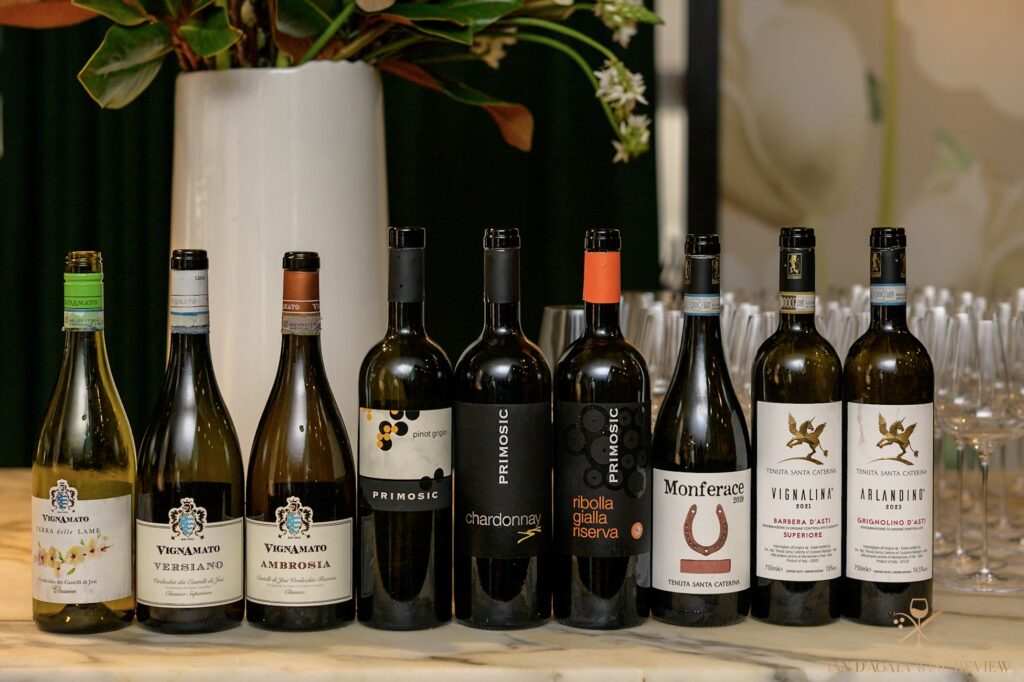by Ian D’Agata
Italy is fundamentally a country of small businesses, in which the country’s famous individual creativity comes to the fore more often than not. This is also true of wine: imagine that there are 118 larger wineries that account for 64.9% of the business volume amounting to roughly 14 Billion Euros. That may seem like a lot, but by world standards, it is really small potatoes. And in fact, it is a very small amount even by Italian standards, given that the last national survey shows there to be 255,000 wine estates in Italy (ISTAT, 2020). At the same time, it cannot help but concern anybody who loves wine that Italy’s estates used to number 791,000 as recently as 2000 (with a whopping 75% drop in numbers recorded in central Italy and a just as whopping -70% reduction in northwest Italy too). Similar bad news concerns many other regions of Italy as well: Campania, that in 2000 boasted the largest number of wineries at 86,000, is down today to only 22, 000 (in other words, -74%). If possible, Lazio’s situation is even more dire (-83% in the same time frame). I might add that Lazio’s result is unfortunately not surprising, given how poor the quality of most of Lazio’s wine output was in those years; it follows that such wineries were doomed to shut down, given that there was little interest in buying their wines. In fact, relative to these last two decades, just about the only good news is that in the interim, the land under vine has actually expanded (+174%).





